Creating a superlattice by placing graphene on boron nitride may allow control of electron motion in graphene and make graphene electronics practical.
Mounting graphene on boron nitride improves its electronic properties
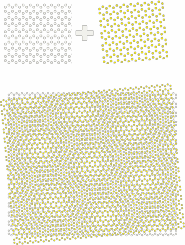

Creating a superlattice by placing graphene on boron nitride may allow control of electron motion in graphene and make graphene electronics practical.
A set of rationally engineered transcriptional regulators for yeast will make it easier to build complex molecular machine systems in yeast, some of which may become useful additions to pathway technologies for atomically precise manufacturing and productive nanosystems.
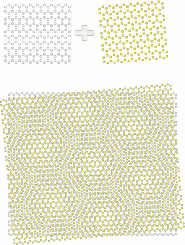
A combination of a molecular motor protein and a nanopore protein has been harnessed for rapidly sequencing single DNA molecules.
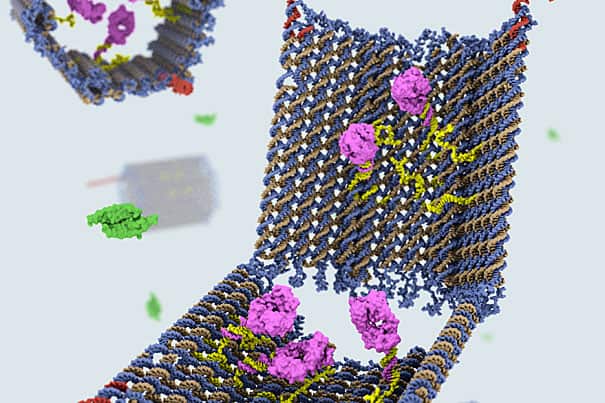
Functioning DNA nanorobots to deliver specific molecular signals to cells were designed by combining DNA origami, DNA aptamers, and DNA logic gates.
A talk at TEDxBerkeley includes nanotechnology among the options for digital fabrication, one of five new rules of innovation.
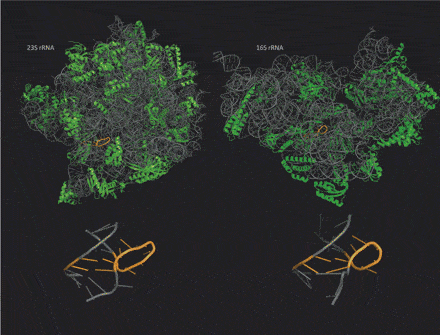
New computational methods to explore the rapidly expanding collection of high resolution three-dimensional RNA structures reveal new RNA structural motifs, identifying additional building blocks for complex RNA nanostructures.
A set of machine learning programs can now predict properties of small organic molecules as accurately as can calculations based upon the Schrödinger equation, but in milliseconds rather than hours.
Researchers in Australia and the US have demonstrated a working transistor by placing of single atom of phosphorous with atomic precision between gates made of wires only a few phosphorous atoms wide. This demonstration points to possibly extending current computer technology to the atomic scale.
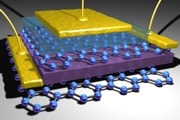
A field-effect tunneling transistor comprising a vertical heterostructure of atomically thin layers of graphene and boron nitride or molybdenum disulfide may pave the way for computer chips based on graphene nanotechnology.
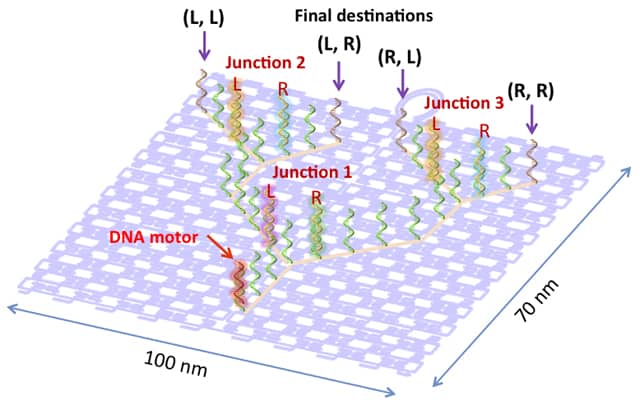
Scientists at Kyoto University and the University of Oxford have combined DNA origami and DNA motors to take another step toward programmed artificial molecular assembly lines.